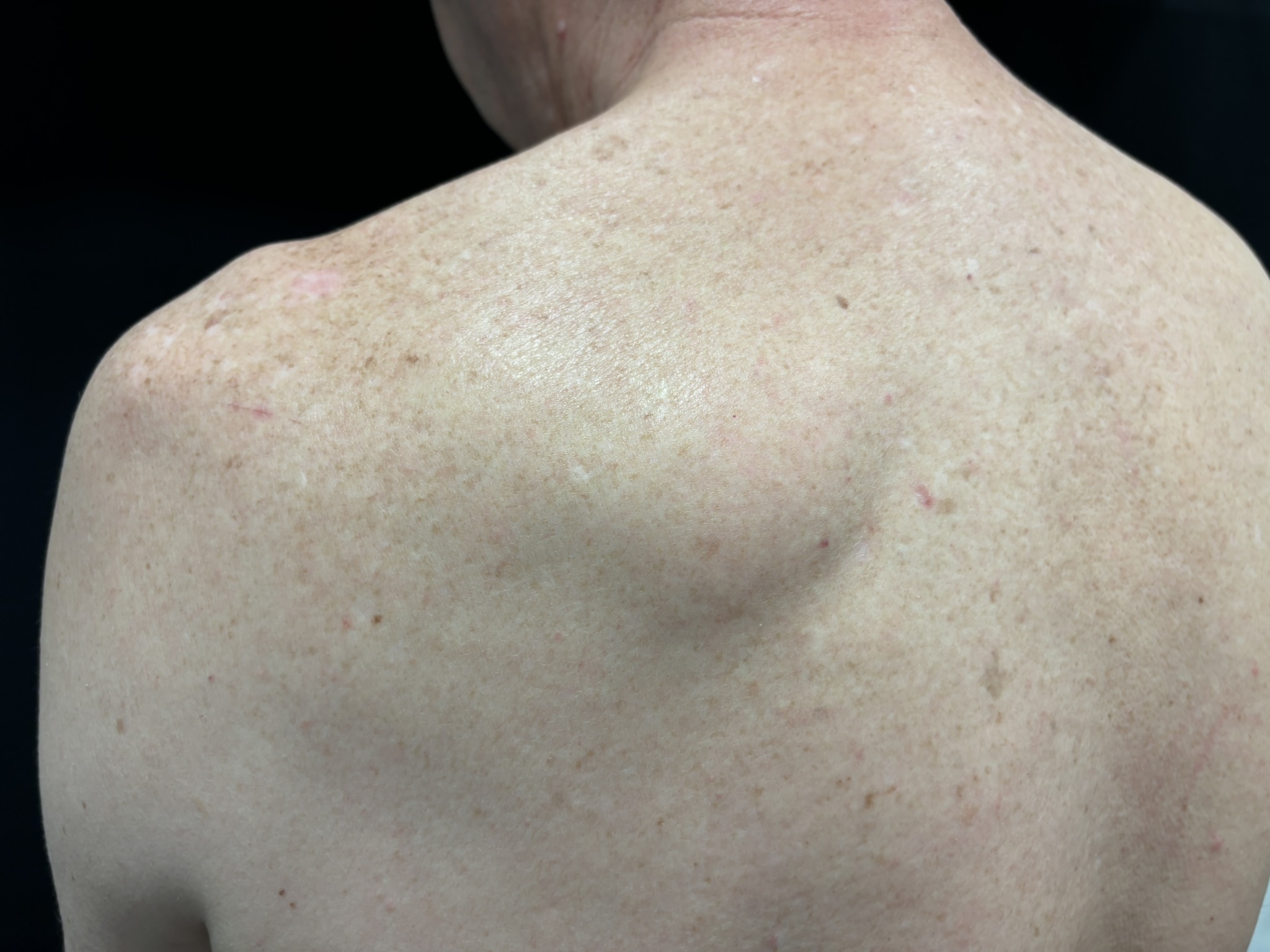Dercum Disease, also known as Adiposis Dolorosa, is a rare but painful condition that affects the quality of life for those who suffer from it. Here, we explore what Dercum Disease is, its complications, reasons patients seek treatment, available options, and what to expect during and after surgery.
- What is Dercum Disease?
Dercum Disease is a rare disorder characterized by the growth of painful lipomas (fatty lumps) in various parts of the body, especially in the trunk, upper arms, and upper legs. It predominantly affects women between the ages of 35 and 60, although it can occur in men and younger individuals as well.
There are three main types of Dercum Disease:
- Generalized diffuse: widespread pain in fatty tissue without clear lipomas.
- Generalized nodular: widespread painful lipomas.
- Localized nodular: pain limited to specific lipomas.
The cause of Dercum Disease remains unclear, but it is believed to be linked to nervous system dysfunction, inflammation, or a genetic predisposition.
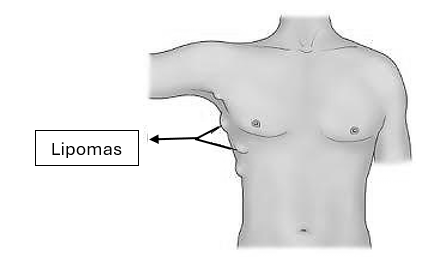
- Complications Due to Dercum Disease
Dercum Disease is more than just discomfort. It can lead to:
- Chronic, debilitating pain that impacts daily activities.
- Mobility issues due to pain or fatty tissue accumulation.
- Weight gain, often resistant to conventional weight loss methods.
- Fatigue, depression, and cognitive difficulties, often termed as “brain fog.”
- Emotional distress due to persistent discomfort and appearance of lipomas.
Left untreated, these complications can significantly impair one’s quality of life and mental well-being.
- Why Do People Opt to Treat This Disease?
While Dercum Disease is not life-threatening, it is life-altering. Patients often seek treatment for the following reasons:
- Relief from chronic pain.
- Improved mobility and daily functioning.
- Better body contour and appearance.
- Prevention of disease progression and lipoma growth.
- Psychological relief from constant fatigue and mental strain.
- Treatment Options – Surgical and Non-Surgical–
Non-Surgical Treatments
- Pain Management: Medications such as NSAIDs, antidepressants, or anticonvulsants to manage nerve-related pain.
- Manual Lymphatic Drainage & Physiotherapy: To reduce swelling and improve movement.
- Nutritional Support: Weight management plans designed to reduce inflammation and discomfort.
- Injection Therapy: Corticosteroids or local anesthetics for targeted relief.
Surgical Treatments
- Liposuction: One of the most effective treatments, particularly for removing diffuse or localized painful lipomas.
- Excisional Surgery: Surgical removal of particularly large or deep-seated lipomas.
Both procedures aim to reduce pain, improve contour, and prevent future complications.
- Anesthesia
- Majority of localised lipomas can be removed either under local anaesthetics with or without sedation .
- Wide spread lipomas requiring surgeries on more than one limb require general anaesthetic.
- Incision and Access
- A incision is made over or near the lipoma, often along natural skin folds or tension lines for better healing.
- Blunt and sharp dissection is used to reach the deep tissue layers.
- Care is taken to preserve neurovascular structures that may be surrounding or passing through the lipoma.
- Lipoma Excision
- The lipoma is dissected free from surrounding tissues.
- If encapsulated, the entire capsule is removed to reduce recurrence risk.
- In case of multi-lobulated or adherent lipomas, dissection becomes more complex.
- Hemostasis and Closure
- Meticulous hemostasis is ensured to prevent hematoma or seroma.
- Layered closure is done using absorbable sutures for deep layers and non-absorbable or subcuticular sutures for skin.
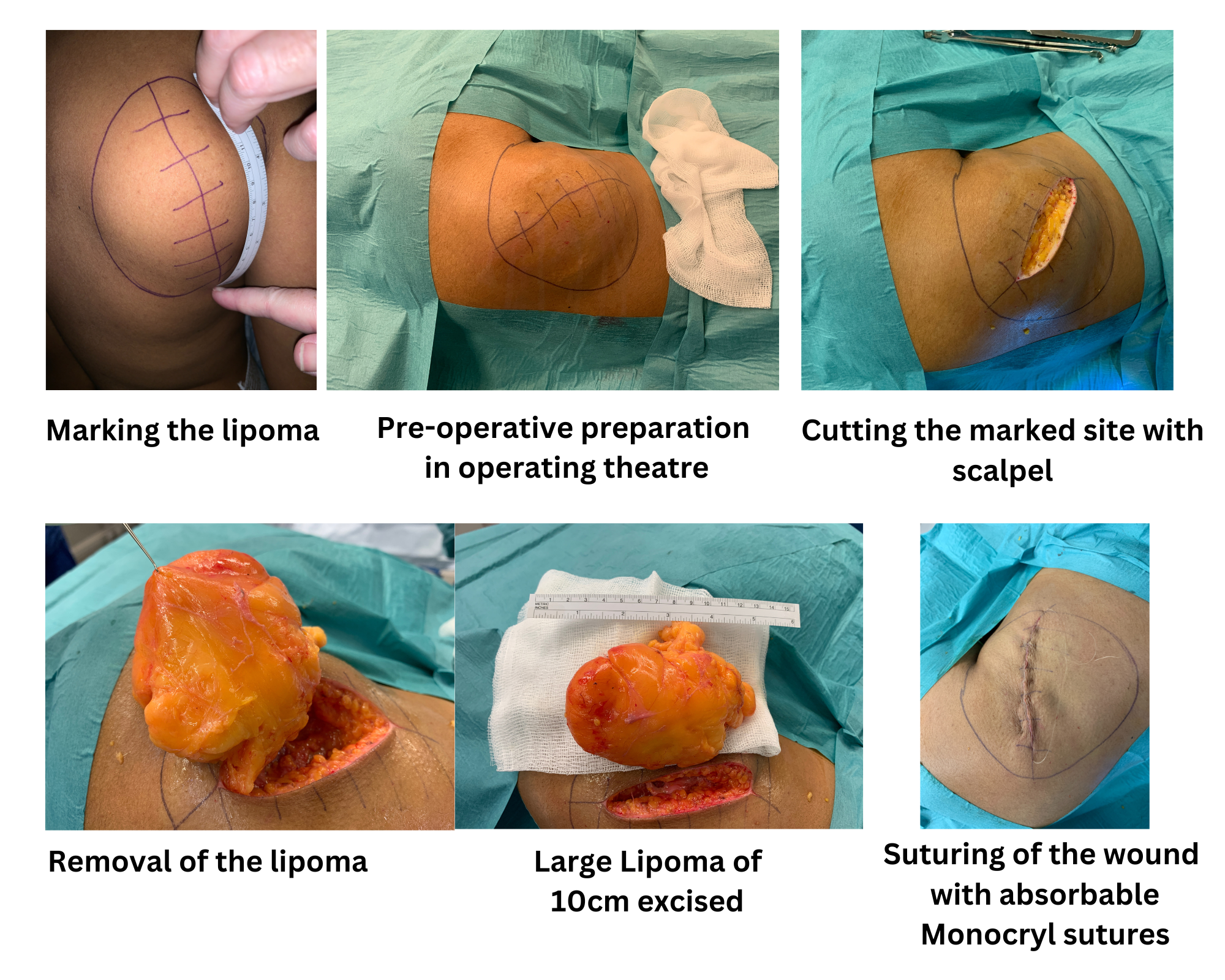
- Post-Operative Care
At MACS Clinic, we emphasize comprehensive post-operative care to enhance recovery and outcomes:
- Compression Garments: To support healing tissues and minimize swelling.
- Follow-Up Consultations: Regular assessments to monitor healing and detect any recurrence.
- Pain Management: Post-op medications and strategies to ensure comfort.
- Scar Care: Massage , moisturisation. and application of silicone gel / sheet are advised to enhance maturation of scar .
- Physiotherapy: Gentle movement and rehabilitation to maintain mobility and circulation.
Recovery times vary, but most patients can resume daily activities within a few days to weeks, depending on the extent of the procedure.
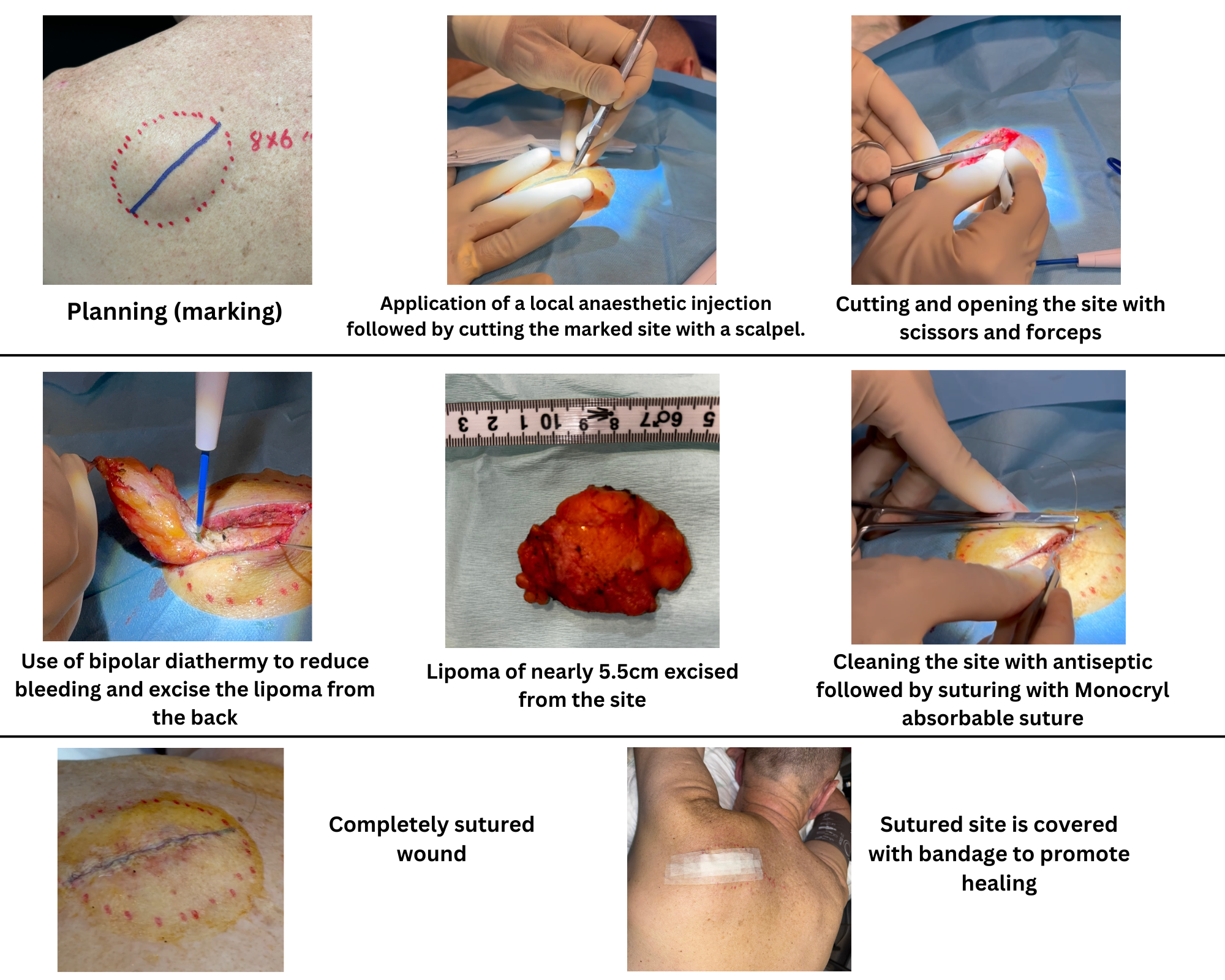
- Complications of the Surgery
While surgical treatment for Dercum Disease is generally safe, some risks may include:
- Infection or delayed wound healing.
- Scarring or skin irregularities.
- Nerve damage, though rare, can cause numbness or persistent pain.
- Seroma or fluid accumulation under the skin.
- Recurrence of lipomas in untreated areas or in some rare cases, regrowth.
Mr. Vadodaria takes every precaution to minimize risks through pre-operative screening, advanced techniques, and meticulous aftercare.
Before/After Photos of Lipoma Excision at MACS Clinic
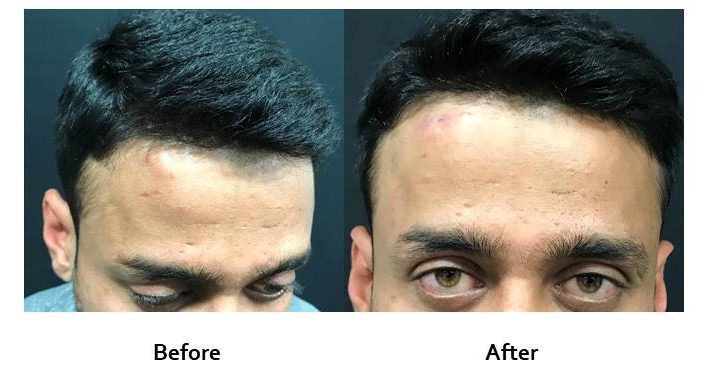

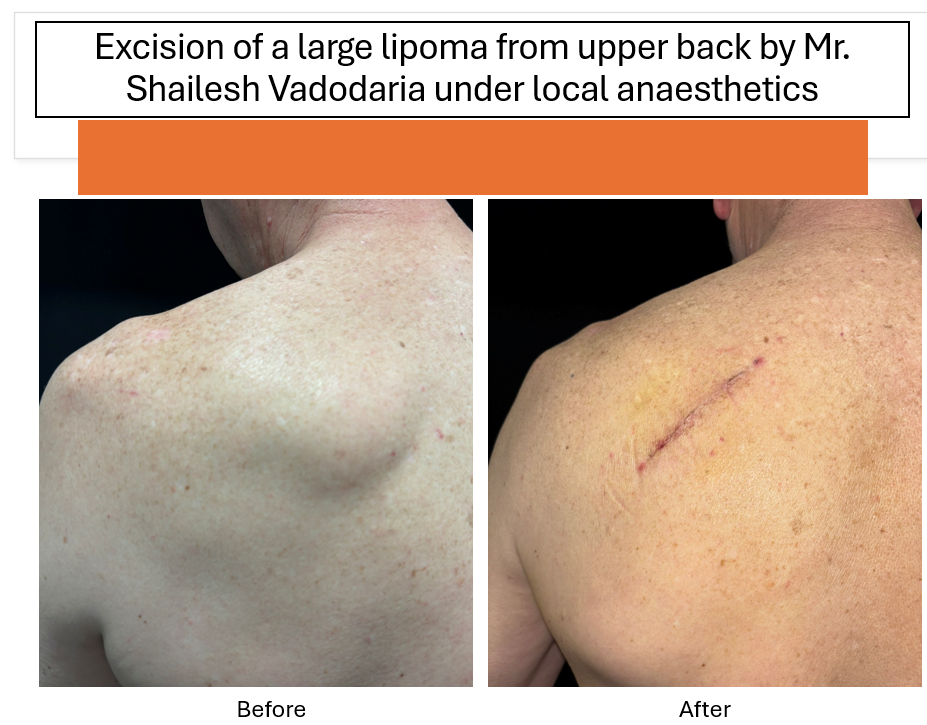
Contact us:
- Phone: 020 7078 4378
- WhatsApp: 07792 648 726
- Email: enquiries@macsclinic.co.uk
- Website: www.macsclinic.co.uk
- BOOK a FREE Video Consultation: https://calendly.com/macsclinic/free-video-consultation?month=2025-01

